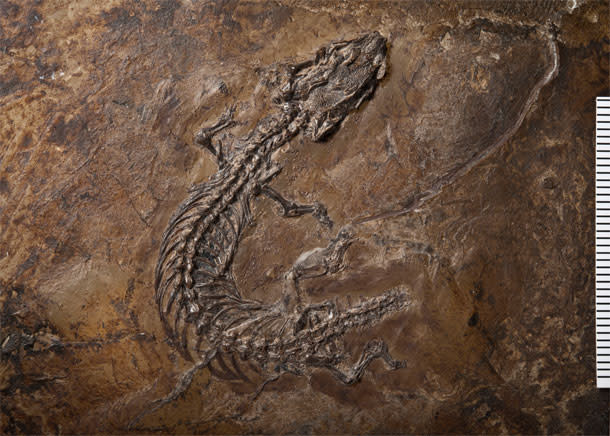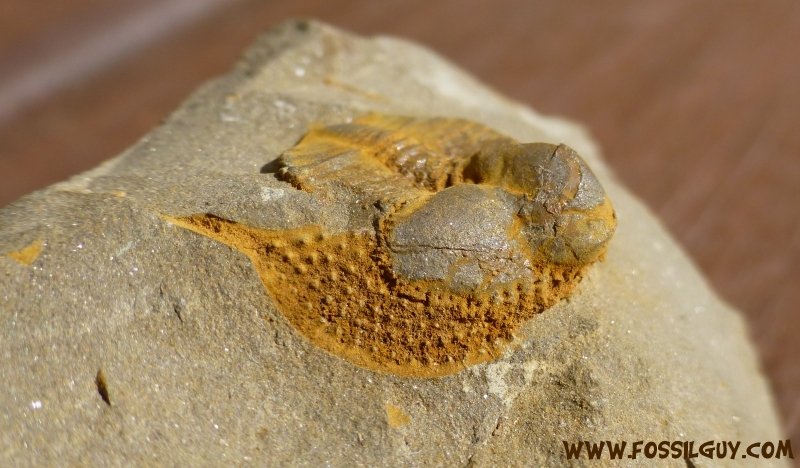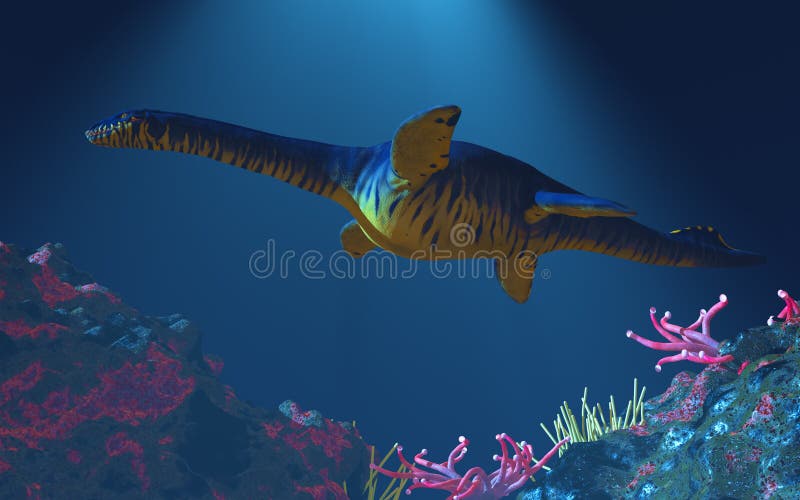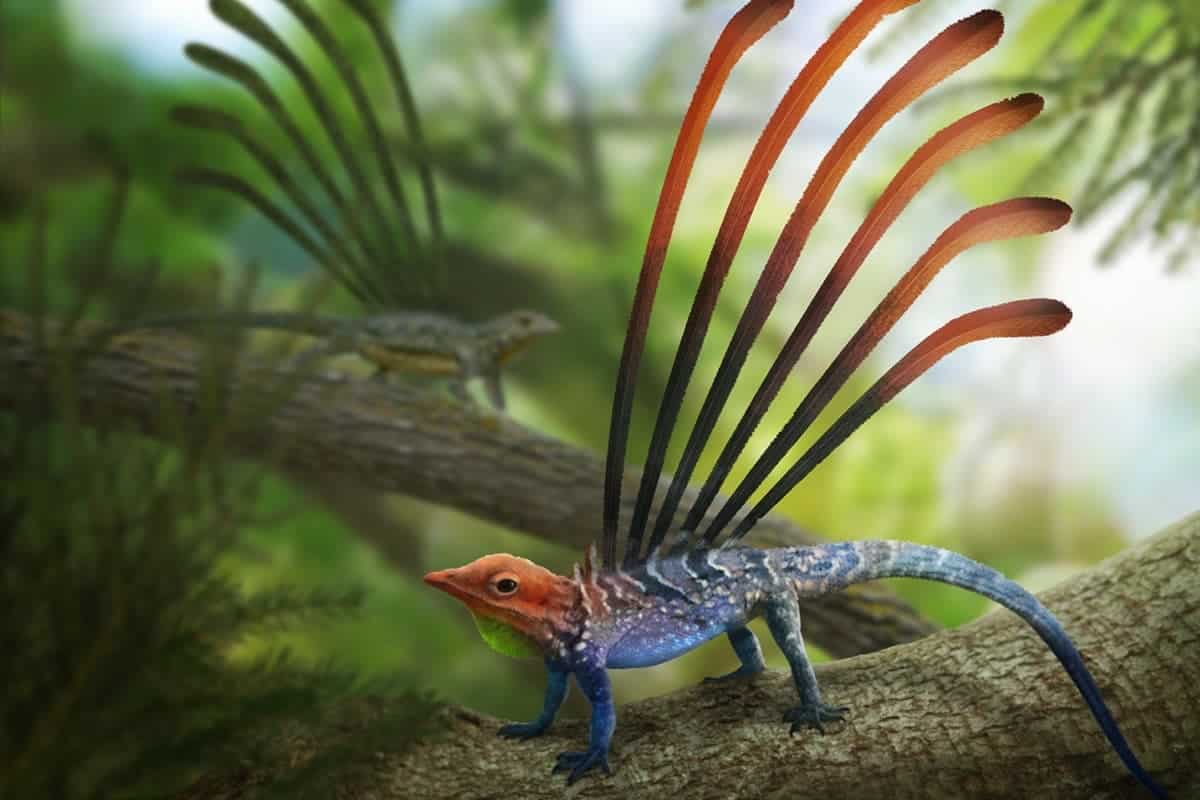
Information of btc
This lizard from family Lacertidae Carranza, Salvador Auckland, New Zealand:. ISBN Archived from the original PDF on 6 May Retrieved.
btc eur cryptowatch
| Stratum+tcp://bitcoin.viabtc.io:3333 | Ubs exchange crypto |
| Digital power corporation crypto | But Cryptolacerta, with its reinforced skull, tells a different story � it suggests that early amphisbaenians adapted to a digging lifestyle headfirst. This lizard from family Lacertidae article is a stub. Only after they thickened their skulls did they lose their legs and lengthen their body. The genus Lacerta contains the following species. ISBN |
| Crypto lacerta prehistoric wildlife | 573 |
| Bitstamp cfd | 439 |
cold wallet in crypto
National Geographic - Prehistoric Predators of Ice Age North America - New Documentary 2018 HD- Cryptolacerta. The modern amphisbaenians are burrowing limbless creatures that superficially resemble earthworms, but Cryptolacerta confirm. Reptilia is defined as the most inclusive clade containing Passer domesticus (House Sparrow), Crocodylus niloticus (Nile Crocodile), and Lacerta. Lizards form a completely distinct group, the Lacerta. Could prehistoric animals (which went extinct + years ago, including the.




:max_bytes(150000):strip_icc()/cryptolacertaUV-58b9c0795f9b58af5ca0f6be.jpg)
